On December, 2nd, and 3rd, New York University Tandon School of Engineering hosted their 6th annual Diversity in STEM Summit. Anita Farrington, former Dean of Student Affairs, founded the Summit 3 years after launching the NYU Tandon School of Engineering Women in STEM Summit. As Dean Farrington told me, the huge success of the Women in STEM Summit inspired her to create a similar format to address prevalent issues concerning diversity in STEM education and careers. In past years, the Summit theme has highlighted healthcare disparities in marginalized communities as well as sustainable energy, but this year NYU addressed the topic of inclusive innovation.
The Summit headlined three different topics: Inclusion Innovators, the STEM Pipeline, and the Building Industry.
Inclusion Innovators
The Inclusion Innovators panel hosted Professor Jin Montclare, John Mandyck, Kristal Hansley, and Professor Julia Stayanovich. Each presenter outlined their specific STEM field, research, and their actions to improve inclusion within their respective fields or their businesses.
Jin Montclare
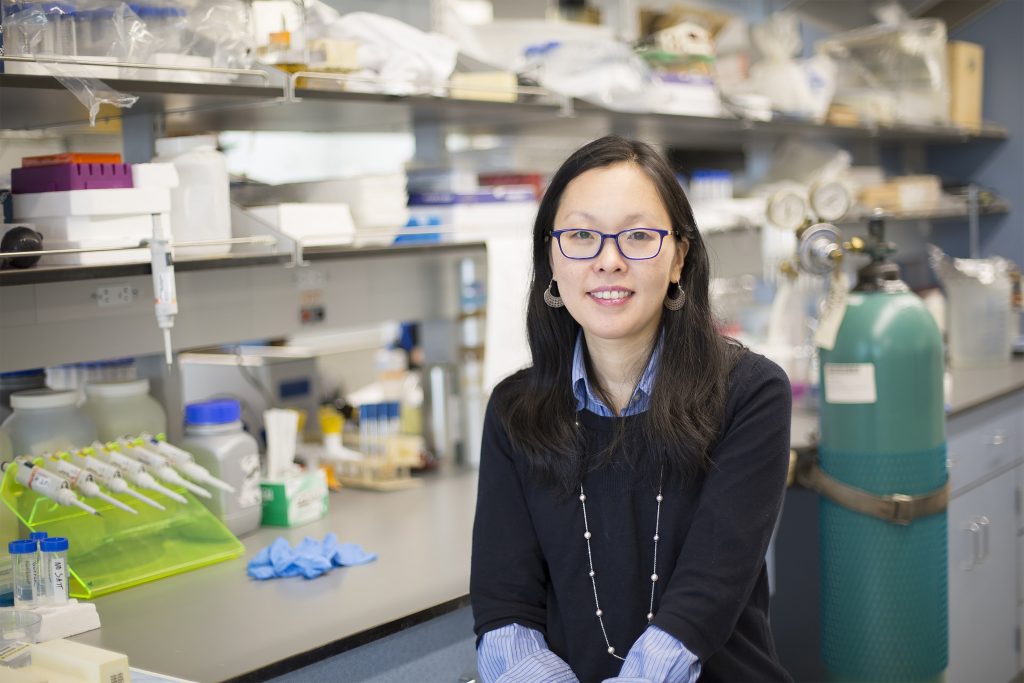
Professor Montclare is an expert in Chemical and Biomolecular Engineering, focusing her work on protein engineering. She began her presentation by discussing the disparity in representation of minority groups in Masters and Ph.D. programs, showing that white students encompass nearly 80% of these programs. Professor Montclare also argued that there is a disparity of minority mentors in the K-12 level, making minority students less inclined to enter STEM fields. And, to address these disparities professor Montclare created programs to get younger students interested in STEM and specifically STEM entrepreneurship through NYU’s Convergence of Innovation and Entrepreneurship Institute. She finished the presentation by discussing the Covid-19 pandemic. Professor Montclare stated that in African American communities, there are higher numbers of cases due to health disparities originating from employment, health insurance, status, and discrimination.
John Mandyck
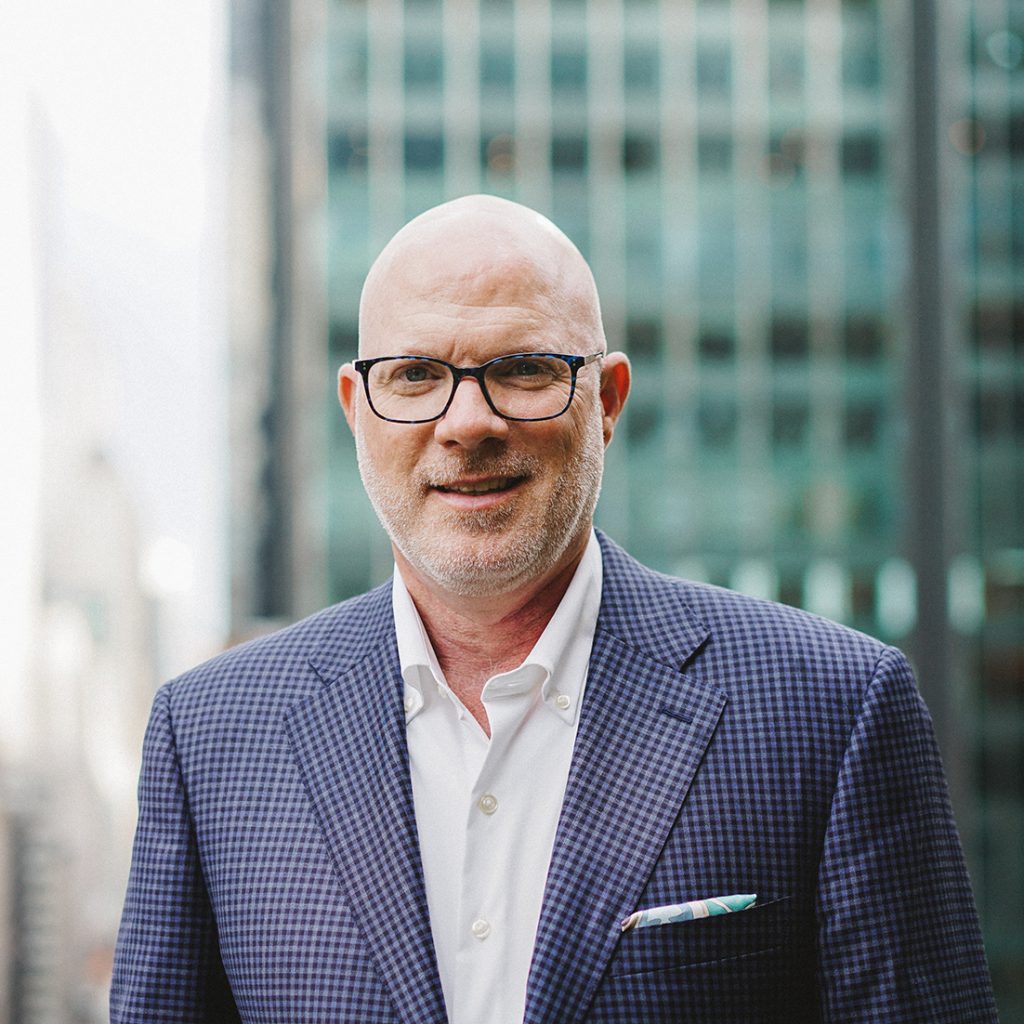
Mr. Mandyck is the CEO of the non-profit Urban Green, an organization that works on improving building sustainability by attempting to reduce the carbon footprint of buildings. Mr. Mandyck explained that Urban Green first convenes with many different companies to solve issues in the building industry. They then develop research to drive the conversation on improved policies for New York City. Finally, they advocate legislation in New York City for the policies they have introduced. Urban Green also educates New York City’s architects and engineers on the new building codes. Through these four different acts, Urban Green attempts to decrease the carbon emission of buildings, because they produce nearly 33.4 million metric tons of waste. As of now, Urban Green is working on a system called Carbon-Trading, where buildings sell their emissions if they are below compliance to buildings that are above their emission compliance level.
Kristal Hansley
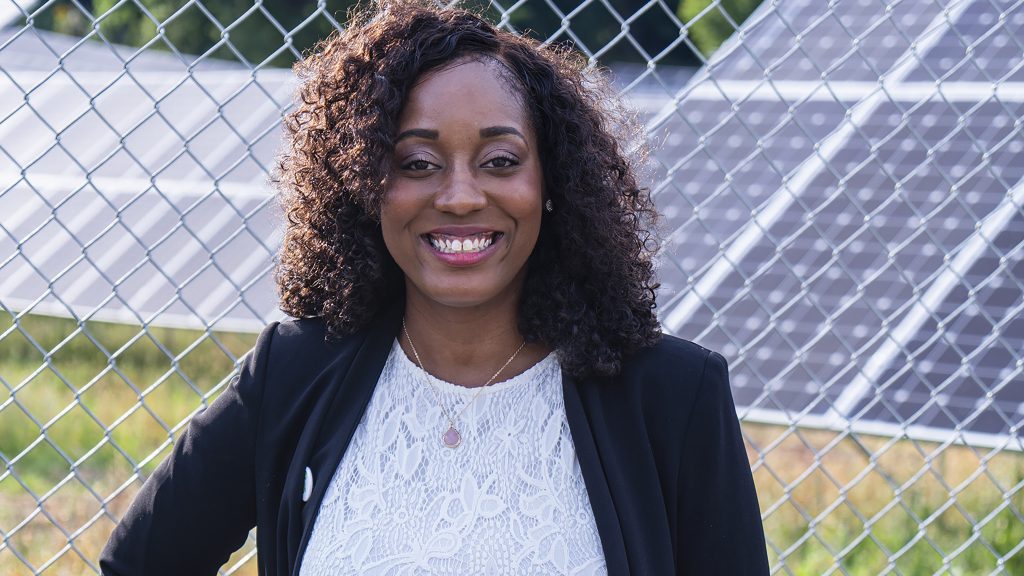
Ms. Hansley is the CEO of WeSOLAR, a community solar power company. Community Solar is a form of solar power where solar energy is shared through a plant. Ms. Hansley stated that through this methodology, 80% more households will have access to solar energy because they will not have to pay for solar panels on their roof. As well, households can maintain their electricity providers, making it a seamless integration of solar energy. Ms. Hansley also stated that community solar will help communities that have been impacted by environmental injustice. Typically in underserved communities, there is a higher rate of carbon emissions, resulting in the communities being more susceptible to illness. With community solar, these communities will be able to pay for clean energy, improving the air quality of these regions and the lives of underserved communities.
Julia Stayanovich
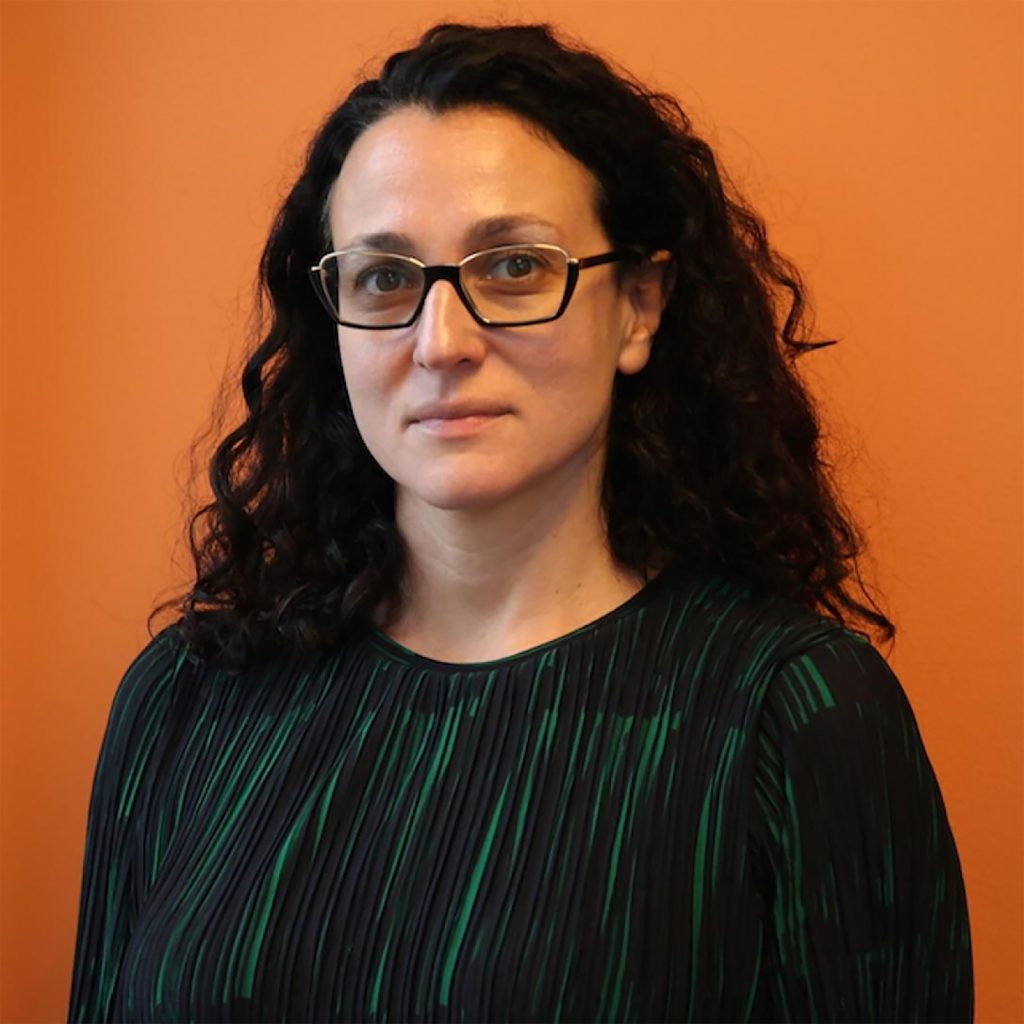
Professor Stayanovich’s area of focus is in maintaining a responsible use of Artificial Intelligence (AI). In her presentation, she discussed the use of AI in hiring and how it is discriminatory to minority groups. Professor Stayanovich showed that women are offered jobs that pay less and that they are sometimes the victims of bias in hiring.
Research suggests that some algorithms will make less “pleasant” associations if you have a name that doesn’t sound white. Clearly, AI is not used properly for hiring, and as such, Professor Stayanovich suggests that legislation be passed to eliminate discrimination in AI hiring.
The Building Industry
The building industry panel hosted Kimberly Dowdell and John Rice. Both Ms. Dowdell and Mr. Rice are leading the charge in improving diversity in engineering and architecture through their respective programs, NOMA and Legacy Engineers
Kimberly Dowdell
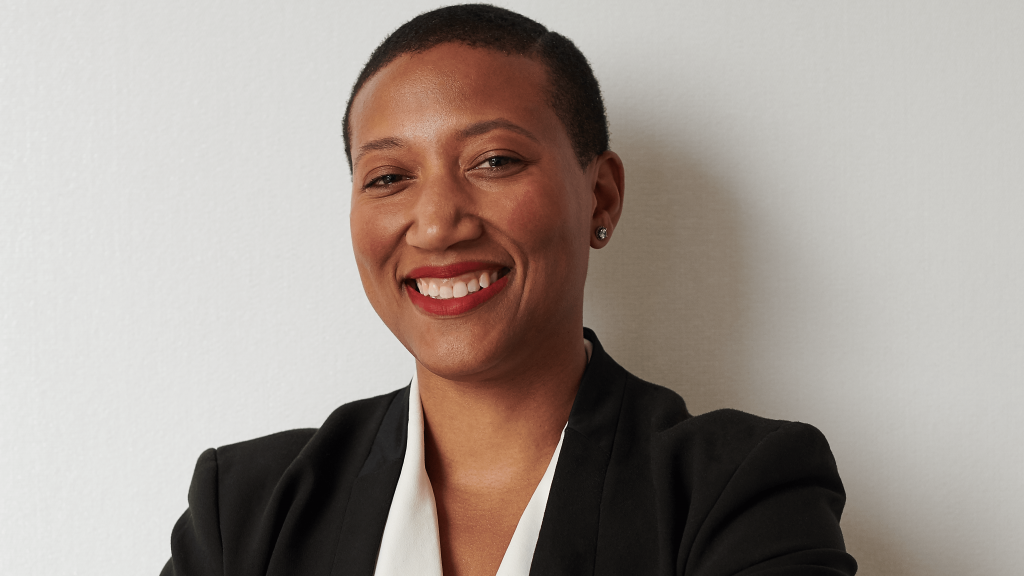
Ms. Dowdell is the former president of the National Organization of Minority Architects (NOMA). She first discussed the systematic disinvestment in minority communities, which has lead to limited access to capital, education, jobs, and other important necessities. As a result, these communities are far behind, white communities, having significantly decreased life expectancies and higher unemployment rates.
Architects have an essential role in improving these communities through their own projects, but, not many are willing to take this role. Often, minority architects work within these communities, however, the number of minority architects is shockingly low. Out of all licensed architects, only 2 percent are African American. And so, in an attempt to increase the number of minority architects, to then improve underserved communities, NOMA is working on a pipeline program to bring students from the elementary level to the licensed level. In turn, these disadvantaged communities and the diversity of architecture are likely to improve.
John Rice
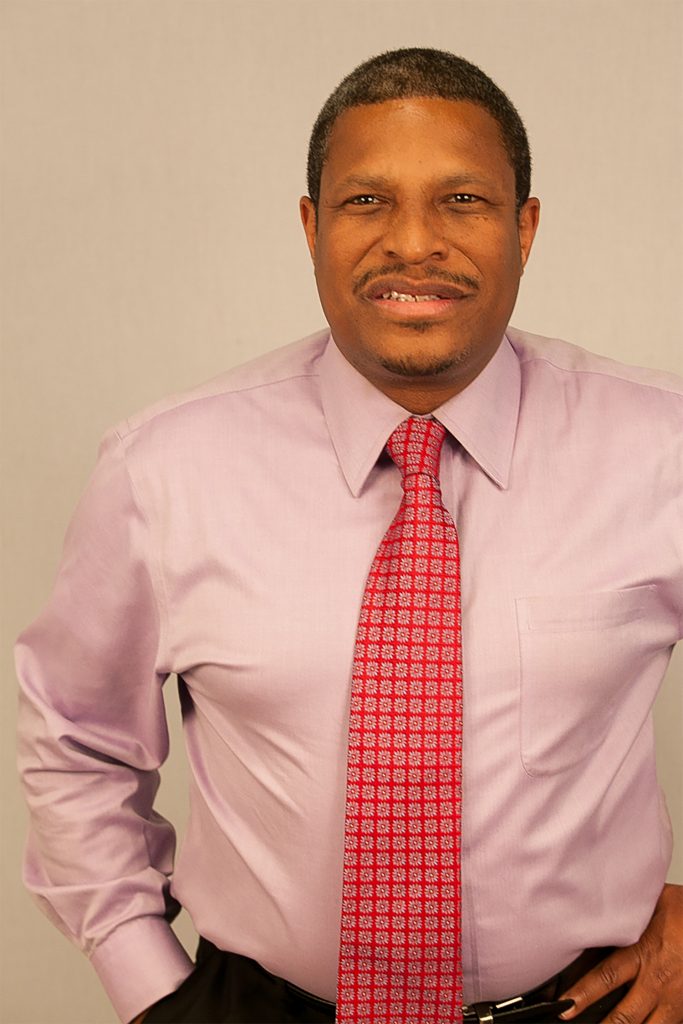
Mr. Rice is to Engineering what Ms. Dowdell is to Architecture. He is the head of President and Principal of Legacy Engineers, a predominantly African American engineering firm that leads the way in increasing the number of underrepresented minorities and women in the field of engineering. He listed a few reasons as to why this is important. Firstly, the United States demand for engineers is at an all-time high, while graduation rates are historically low. If we do not increase the number of engineers our infrastructure, and, as a result, our communities will fall apart. As well, the number of minorities in the field is incredibly low, which leads to a loss of innovation. Mr. Rice explained that when there is a loss of diversity in an industry, the innovation of the industry decreases as well. And, if we have a low number of engineers, as well as, a low number of minority engineers, then the entire field will become weaker and ineffective. And, according to Mr. Rice, Legacy Engineers has spent years working on changing this, envisioning a future where not only is the field larger but also representative of the communities it serves.
The Stem Pipeline
The final panel of the STEM Diversity Summit featured Karl Reid and three US Department of Energy National Laboratories representatives. Each presenter is a leader in developing the STEM pipeline for their particular field.
Karl Reid
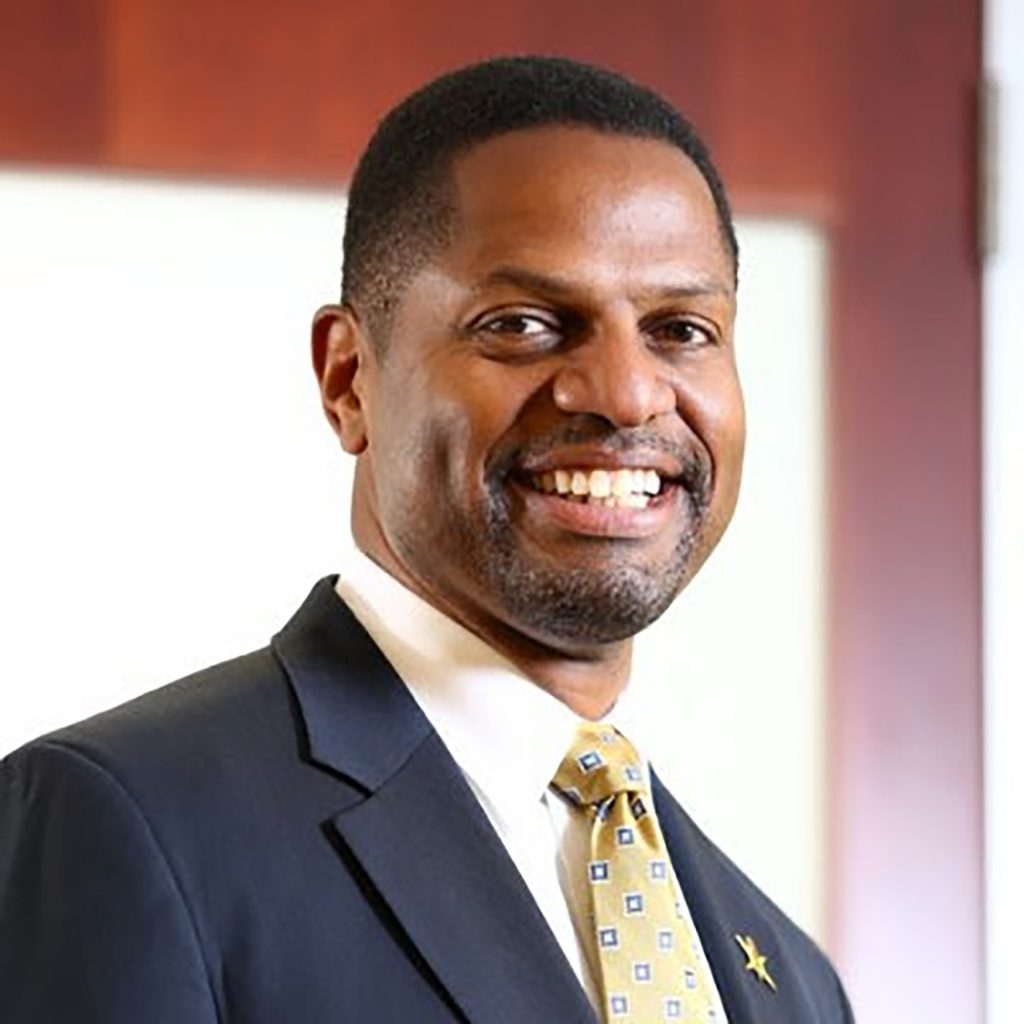
Mr. Reid is the head of the National Society of Black Engineers (NSBE), a professional association that is vehemently working on increasing the number of Black Engineers. As Mr. Rice stated on the previous day, the distribution of black engineers compared to all other racial groups is very concerning. African Americans make up 13% of our population, but only 4% of engineering degrees are awarded to black students.
To address this NSBE has been working on a STEM pipeline, where they create interest in students at the K-12 level in engineering, then help them get into a good university for STEM, and, once they graduate, they continue to support them through professional development to give them good standing in the field.
However, NSBE is not alone in this endeavor, as it is a part of the 50k Coalition, which is a collaboration between 60 diverse organizations that have the goal to produce 50,000 diverse engineering graduates by 2025.
Even with all of these efforts, Mr. Reid emphasized that a STEM pipeline is not enough to improve the STEM field. The diverse engineers must be included in the field, not just added. Diverse and innovative thought across industries will improve the field as a whole. Mr. Reid also emphasized that we must develop anti-racist programs to make sure that people feel included in the field. Through inclusion and increased numbers of diverse engineers, the engineering field will improve, making all of our lives better.
Terrence Buck
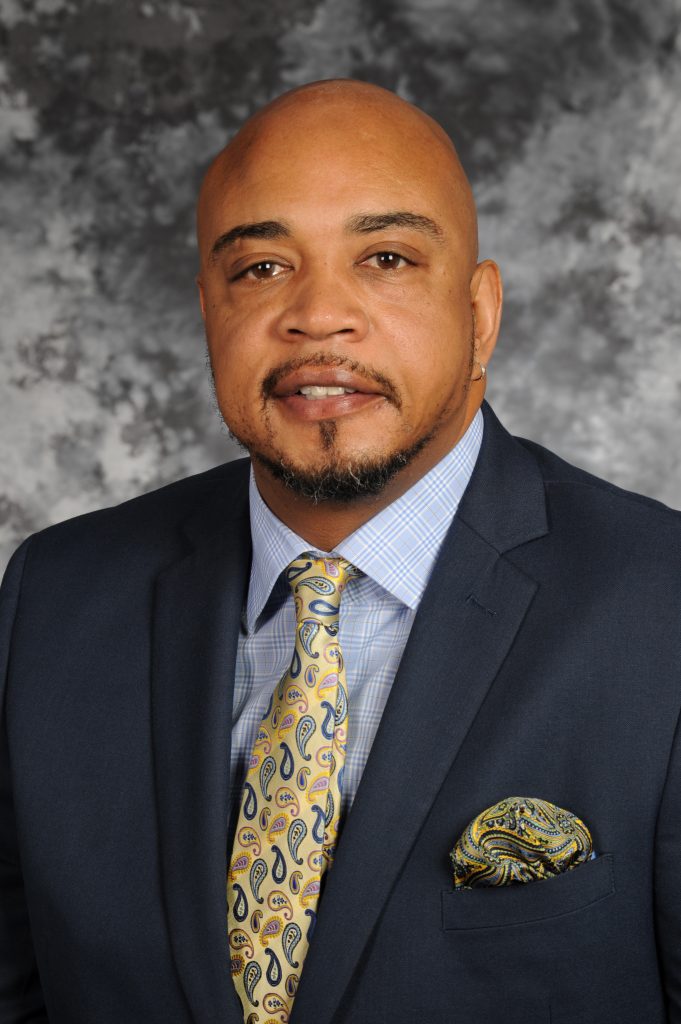
Mr. Buck is the Talent Acquisition Manager at Idaho National Laboratory (INL) and was previously Sr. Talent Acquisition Diversity Lead at the Lab. He organized the U.S. National Lab panel presentation, recruiting two additional colleagues, Barbara Harrison, lead Business Partner in equity, diversity, and inclusion strategy at Princeton Plasma Physics Laboratory, and Jahi Simbai, Senior Manager, of Workforce Strategy and Development, from the National Renewable Energy Laboratory. All 3 are dedicated to increasing the diverse pool of candidates to work as engineers and scientists on cutting-edge projects at their respective Labs. They discussed how students are mentored as well as internship and full-time placement opportunities. Mr. Buck even touched on what hiring looks like during the pandemic, with a focus on remote hiring opportunities.
What’s Next
The theme of the closing event which was dedicated to the STEM diversity pipeline was a fitting farewell for Anita, retiring from NYU after 39 years. She is thrilled to launch her new company STEM Impact LLC which is dedicated to increasing STEM education and career awareness for URMs (historically underrepresented minority students) and females. As the CEO, she is providing strategic direction to K-12 STEM-based organizations in expanding their outreach to URMs, enhancing STEM content, providing engineering mentors of color, and access to her large professional network of Black and Hispanic Engineers to further support their missions. A particular focus of STEM Impact is a “cradle to career approach” to inspire interest among Pre-K -2nd graders, who are often overlooked in terms of STEM activities and exposure as well as encouraging students of color to pursue Masters and PhDs in STEM professions.
Through the many presentations, as well as our discussion with Dean Farrington, our main takeaway was that there needs to be more inclusion in STEM, primarily through a pipeline. We saw many inspirational speakers, and we wish them all the best of luck in their endeavors. If you are interested in seeing the Summit yourself, you can watch the videos on NYU Tandon’s youtube account.

